Over the years, Gaza has developed two types of tunnel networks.
Militant groups like Hamas and Islamic Jihad have built a labyrinth of tunnels to move weapons and fighters, and stage potential attacks against Israel.
It used to said that beneath Gaza was another Gaza – of tunnels. A second tunnel network exists beneath the Egyptian border.
During the hardest years of Israel’s continuing siege on Gaza, commercial tunnels were dug to bring food, clothes, toys and even cars into the territory.
These tunnels haven’t been used for years – but if Israel imposes a total blockade of the borders, they could come back.
Israeli soldiers walking inside one of the tunnels, described as ‘lower Gaza’, found near the Gaza border. File pic: AP
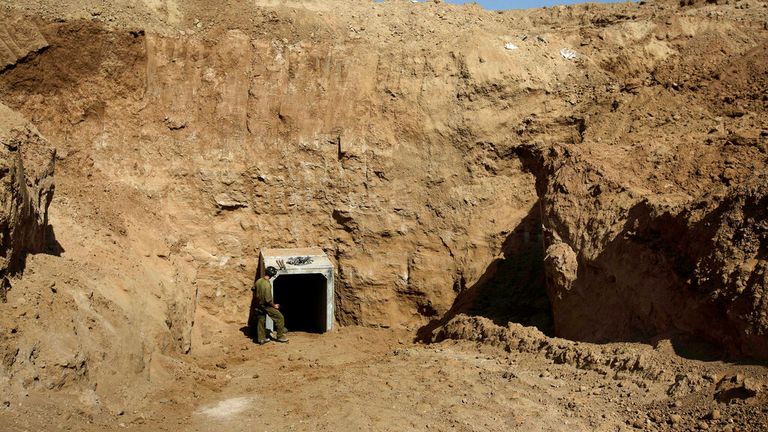
An Israeli soldier stands at the exit of one of the ‘web of tunnels’ near the Gaza border used as a strategic threat to Israel. File Pic: AP
Tunnel trade sparked by destitution in Gaza
In the years leading up to Hamas’s takeover of Gaza it became virtually impossible for Palestinians to receive Israeli permits to leave Gaza and visit the other Palestinian territory, the West Bank.
After Hamas took control of Gaza in 2007, Israel’s blockade on the strip became total.
Gazans didn’t starve – but Israel allowed the minimum supplies necessary for survival, nothing more.
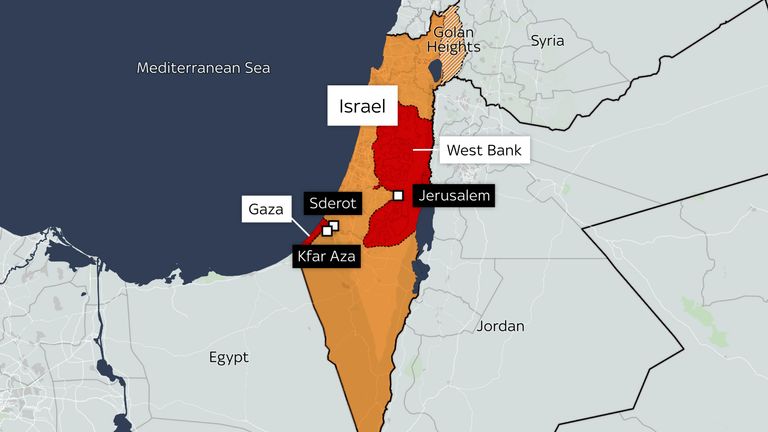
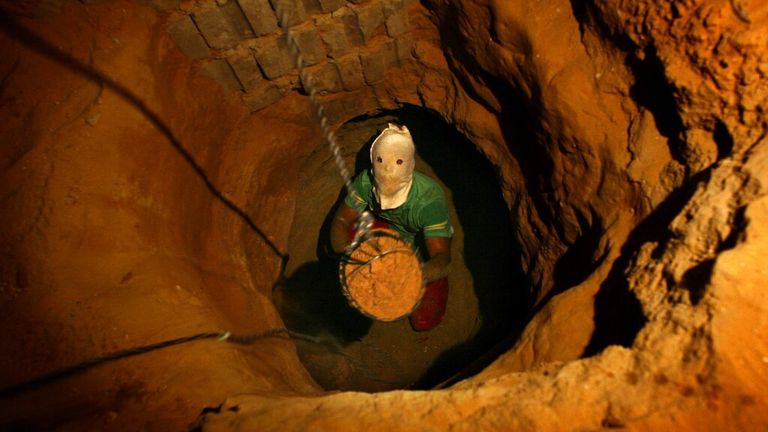
A Palestinian tunnel digger, wearing a mask to conceal his face, removes sand from a tunnel underground in Rafah, in the southern Gaza Strip on the Egypt border. File pic: AP
All commercial activity was cut off and Gaza’s export trade with Israel and the West Bank blocked.
An economist called it the “de-development” of the territory. People were reduced to destitution.
That’s when the tunnel trade and smuggling business with Egypt took off.
Trade spawned new commercial class of ‘tunnel barons’
Hundreds of tunnels were dug under the Egyptian border, with everything from lollies, cans of soft drink and crates of fish in ice were smuggled across.
People were also smuggled in and out of the strip.

A Palestinian smuggler moves refrigerators through a tunnel from Egypt to the Gaza Strip under the border in Rafah. File Pic: AP
It spawned a new commercial class of tunnel barons, who became rich on the profits.
So did the Egyptian Bedouin smugglers in the Sinai Peninsula. It was boom time.
But for Palestinians, basic supplies were still hard to get and ridiculously expensive from the added costs of the smuggling.

An Israeli soldier at the mouth of an underground tunnel leading to the southern part of Gaza. File pic: AP
However, the heady days of the tunnel business did not last.
Egypt wanted to crack down on it and built a metal wall hammered into the ground to block the tunnels.
Gazans cut the steel and kept doing business.
Please use Chrome browser for a more accessible video player
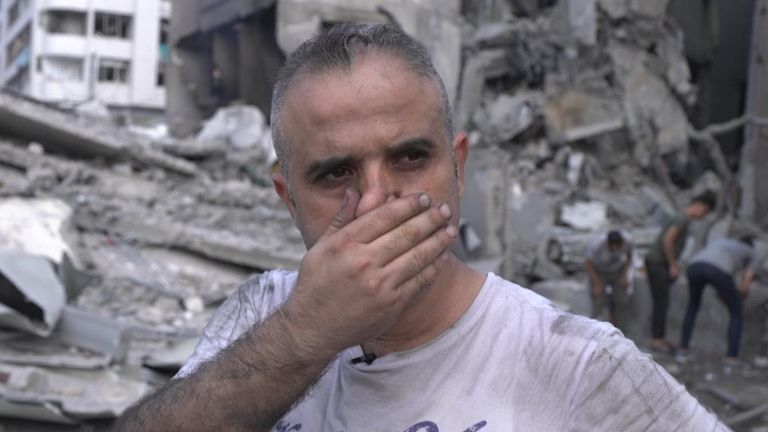
2:45
Israel-Gaza: The human cost on both sides
After the Mavi Marmara attack in 2010, when a Turkish aid flotilla was attacked by Israeli forces en route to Gaza, Israel gradually started allowing more food into Gaza and businesses to export again.
From boom to bust, the tunnel barons went out of business.
Israel has made it clear it plans to destroy Hamas and punish all of Gaza in the wake of the recent Hamas attack.
Under humanitarian law it is illegal to collectively punish civilians.
But Israel has wide international support for its current “retaliatory” action against Gaza.
Read more:
Surgeon describes ‘devastating’ impact of Israel blockade
Gaza plunged into darkness after blockade
Why has Hamas attacked now?
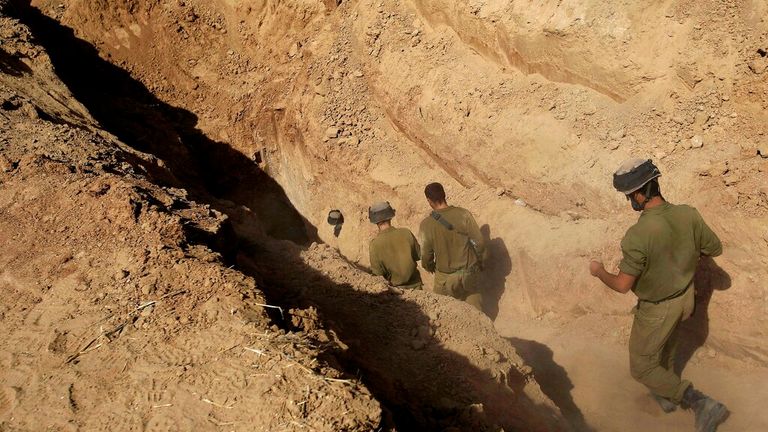
Israeli soldiers entering a tunnel near the Gaza border. File Pic: AP
The Palestinians will suffer now.
The Strip will need to be rebuilt, tonnes of concrete carted away, tent camps for the homeless and this tiny slither of land will be bombed back to square one.
Isolated, besieged and poverty stricken.
This content is provided by Spreaker, which may be using cookies and other technologies.
To show you this content, we need your permission to use cookies.
You can use the buttons below to amend your preferences to enable Spreaker cookies or to allow those cookies just once.
You can change your settings at any time via the Privacy Options.
Unfortunately we have been unable to verify if you have consented to Spreaker cookies.
To view this content you can use the button below to allow Spreaker cookies for this session only.
Click to subscribe to the Sky News Daily wherever you get your podcasts
Gazans are simply trying to survive the aerial onslaught but many fear another long dark period with a total blockade of goods is in sight.
If that happens, they may be left with no other option than to dig deep into the sandy soil beneath the border with Egypt and eek out an existence through the tunnel trade.







